Following the tumultuous production of Mobile Suit Victory Gundam (1993-94), series creator Yoshiyuki Tomino took a prolonged hiatus from the franchise he forged to overcome his personal demons. This isn’t to say that he was idle between then and Turn A Gundam (1999), however. Among the projects he headed was Byston Well: Garzey’s Wing (1996-97), a spin-off of his earlier fantasy/mecha series Aura Battler Dunbine (1983-84) that would serve as a distant prequel. What you wind up with is a bizarre isekai that makes one wonder what Tomino was thinking.
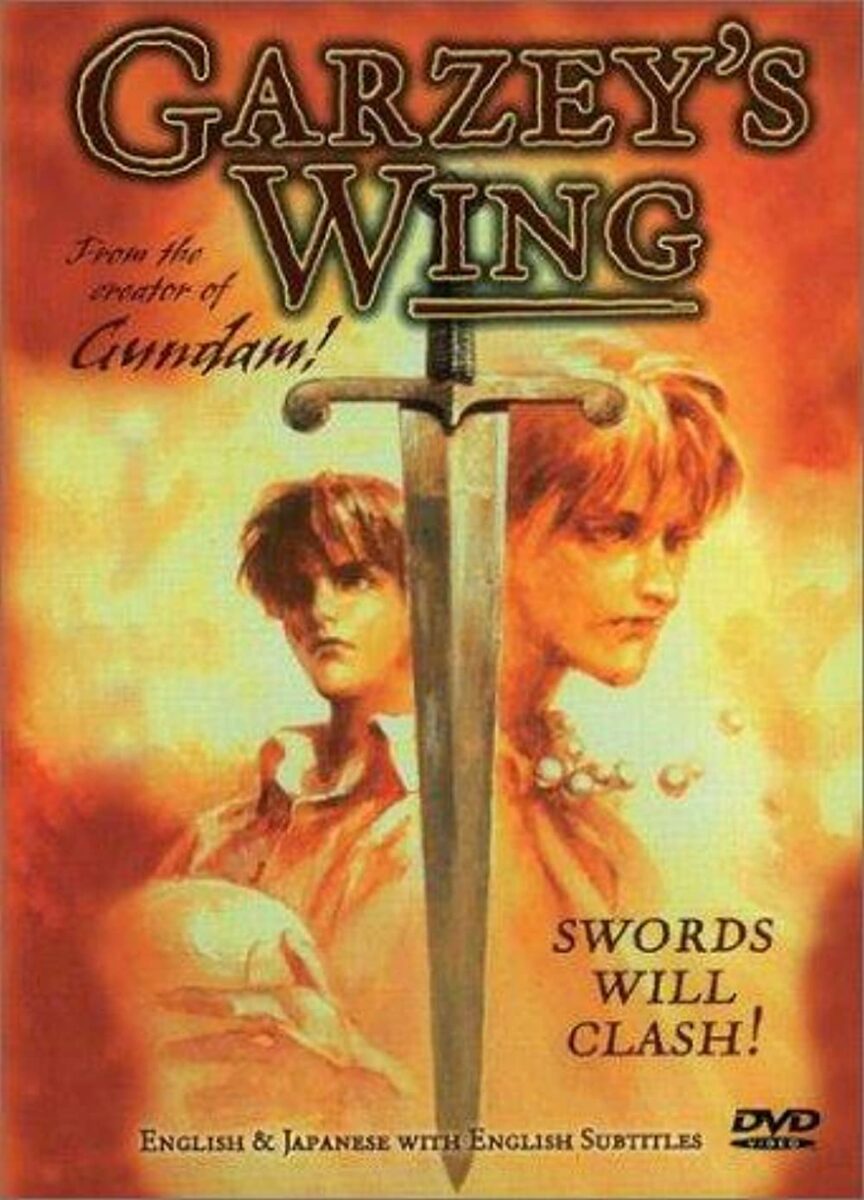
On the face of it, this three-episode OVA and novel adaptation seemed to be in competent hands. In addition to the anime being made by the long-established J. C. Staff, Tomino himself was hands-on as writer and director, with evidently more creative control than he had back at Sunrise. It even had Shirō Sagisu aboard in charge of music, as well as a video game. As it turned out, however, these did little to prevent a shoddy end-product that’s since gone down in mocking infamy among otaku on both sides of the Pacific.
A rare trailer for the anime’s DVD release, which ironically sums up much of what’s wrong. Circa 1999. (Source: YouTube)
After so many years, you can’t help but wonder. Has the passage of time vindicated Garzey’s Wing, or is it still a textbook case of “so bad, it’s good”? With a total runtime of 90 minutes, at least the burden isn’t that heavy.
Anything but Another World
Taking place several centuries before the events of Aura Battler Dunbine, Garzey’s Wing is the tale of Christopher Chiaki (Tetsuya Iwanaga, Rik Nagel), a roguish Japanese-American failing at getting into college. One day, while passing by an ancient shrine on his motorcycle, his eight-bell necklace begins rattling. Before he can figure out what’s happening, his soul is whisked away by a glowing goose spirit into the fantastical world of Byston Well. He is subsequently caught in a clash between the enslaved Metomeus Tribe and the oppressive Ashigaba Army. The confused man not only learns that the tribal priestess Hassan (Aya Hisakawa, Veronica Shea) had summoned him to save them all, but that he possesses the titular power of Garzey’s Wing, allowing him to fly and run quickly.
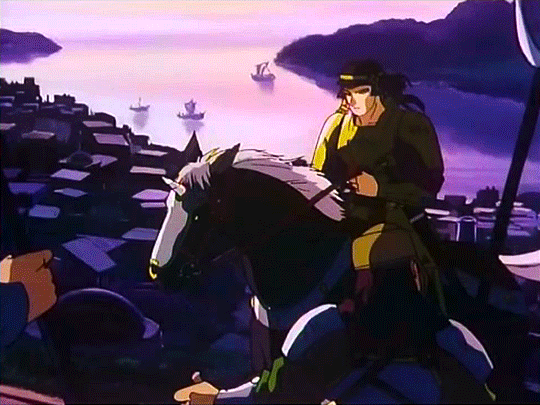
While much of the above can be gleaned from the OVA, it’s only the tip of a convoluted and confusing iceberg. A lot of stuff, from why the Ashigaba King is keen to keep the rebellious tribe in chains to recurring references to Yamato Takeru no Mikoto and Japanese mysticism, presumes you’re familiar with either the ’80s anime series or Tomino’s novels set in the same universe. These details are thrown at the audience in rapid succession, without much explanation. In the end, the viewer is no wiser than Chris is as to why he’s even there at all. Ironically, as revealed by Rex Nabours III, this also results in valuable context being omitted, including why the protagonist’s half-Japanese background is significant.
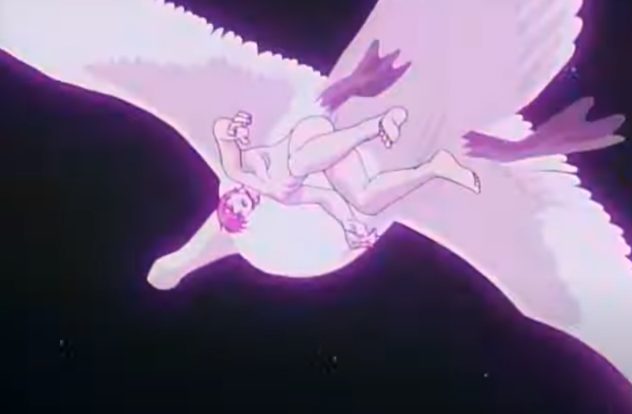
Another plot point is how, though our hapless hero’s spirit is in Byston Well, he’s still technically around in Japan, with the split personalities communicating through the necklace. This would in theory open up some interesting ideas, such as exploring the differences between worlds or why they exist. Yet, though there’s some consistency, like injuries sustained by one version of Chris affecting the other as he tries strengthening himself through Chi exercises, in practice it further reinforces the muddled writing and disjointed nature of the plot. It’s almost as if Tomino took the wrong lesson from Gundam F91 (1991) and tried to condense as much as he could into three episodes, with little regard for coherence.
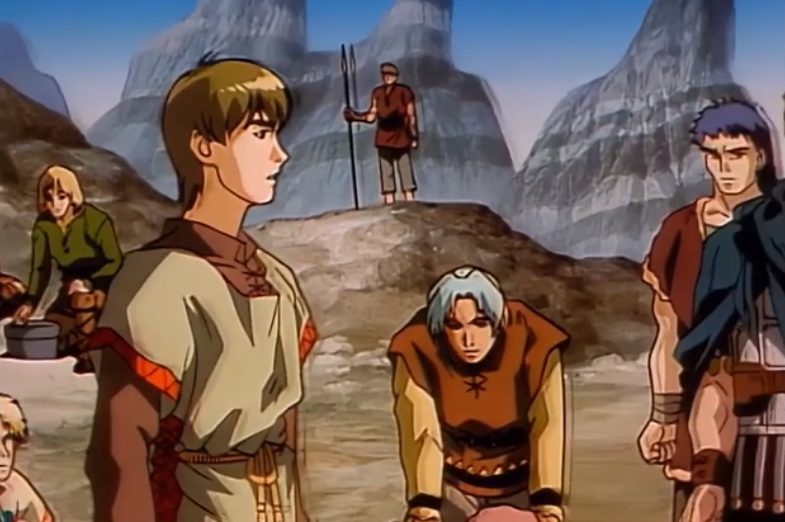
It wouldn’t be impossible for good characters to carry the OVA. Unfortunately, Garzey’s Wing doesn’t have them. At best you have the bland love interest, Rumiko Nakato (Junko Iwao, Suzanne Savoy). In general, however, the characters fluctuate between forgettable and outright reprehensible. Chris himself, though showing some moments of empathy towards the fairy-like Falan Fa (Maya Okamoto, Roxanne Beck), comes off as a confused idiot who wants out of his isekai adventure.
The anime ends in a convenient cliffhanger that’s never resolved, just in case you were still holding out for hope.
“The Room” of Anime
The ’80s stylings and grand fantasy aesthetics of Garzey’s Wing are severely hampered by inconsistent designs and generic art direction. That the animators cut corners is also evident in the OVA’s copious use of stills, some of which are lazily moved about to “animate” them. This further breaks any sense of immersion. Granted, the complete package is competent enough to be watchable, but that’s a very low bar, especially for someone like Tomino.
With dubbing like this, it’s not hard to see why the anime is infamous. (Source: YouTube)
While Sagisu’s soundtrack is comparatively more decent, if unmemorable, the voicework (especially the English dub) makes the audio stand out for all the wrong reasons. According to Anime News Network founder Justin Sevakis in his 2007 feature piece, Tomino himself was involved with the localization in an attempt to preserve the spirit of the original track verbatim, through Central Park Media and either Skypilot Entertainment or Kip Kaplan’s Audioworks Producers Group. Though it remains unclear which studio was really involved, given how the bulk of the work was done by no-name voice actors — like a then-unknown Suzanne Savoy — the end result is undeniably laughable. Rushed, overacted, and stilted, you could imagine the cast fumbling through their lines while bungling multi-syllable names with their clear New Yorker accents. Not that the Japanese dubbing is any better. Given the messy script and unnatural dialogue, it seem primed for mockery.
The anime has repeatedly caught the attention of YouTubers and anime fans over the years. (Source: YouTube)
Perhaps Garzey’s Wing might have slid into the dustbin of obscurity. While Tomino not only returned to Sunrise later on for Brain Powerd (1998) and Turn A Gundam, he revisit the universe of Byston Well with The Wings of Rean (2006). However, the veteran director has remained tight-lipped, if not outright embarrassed over its existence. The closest there is to an explanation is found in the afterword of the novel’s fifth volume:
This job ended up being full of confusion and difficulties because I had never experienced working in this style before….
…Problems like these would never occur between an ordinary novelist and filmmaker. They would decide that the novels are their own thing and not worry about circumstances that arose after the fact.
Still, it’s not for nothing that some have been calling it The Room of anime. From scathing reviews from the early 2000s, to the likes of Sevakis rediscovering the OVA for posterity, its infamy is secure. While nowhere near what Tomino probably had in mind for his comeback, at least it’s a bizarre isekai.


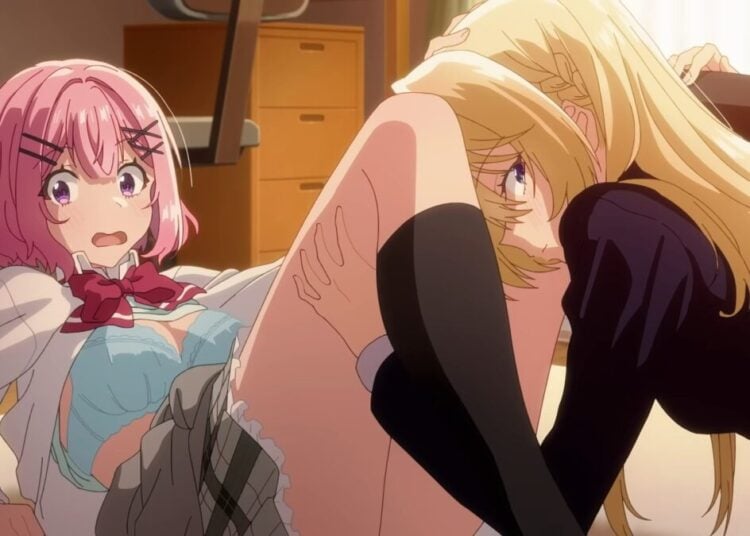
![Sawaranaide Kotesashi Kun Episode 12 [END] Featured Image](https://blog.jlist.com/wp-content/uploads/2025/12/Sawaranaide-Kotesashi-kun-Episode-12-END-Featured-Image-750x536.jpg)











